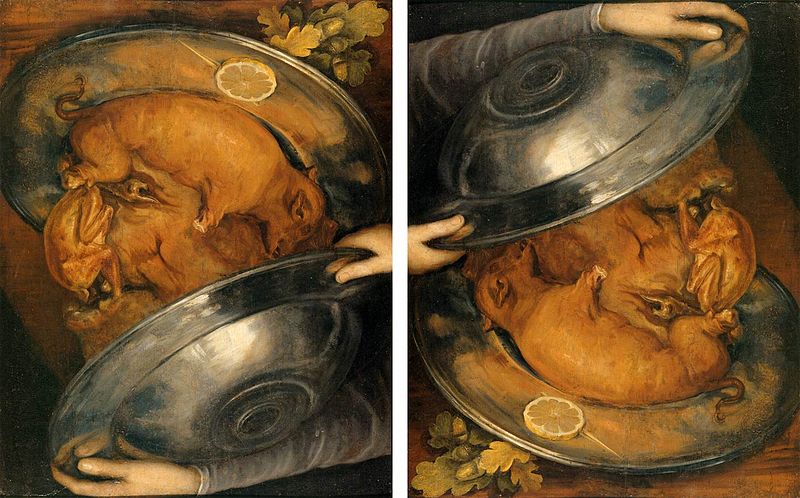
A striking symbol of the 1951 Festival of Britain was this cigar-shaped sculpture, which seemed to float impossibly 15 meters above the ground.
Designed by Hidalgo Moya, Philip Powell, and Felix Samuely, the structure relied on the principle of tensegrity: The base rested at the junction of three tensioned cables, and three further cables held the body vertical. Together, these six well-positioned supports were enough to keep the 80-meter sculpture from toppling.
Britons joked that, like the national economy at the time, it had “no visible means of support.”







